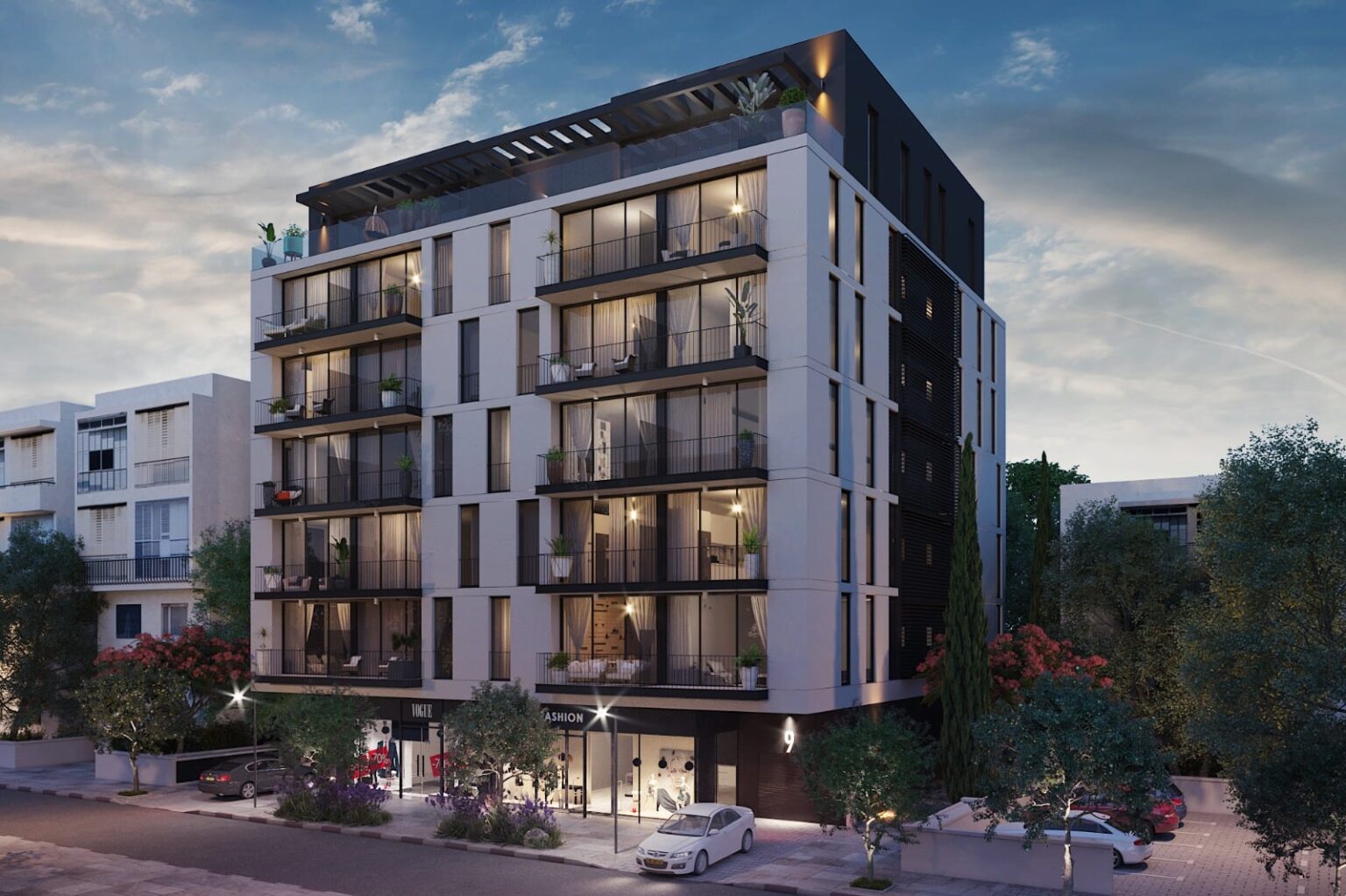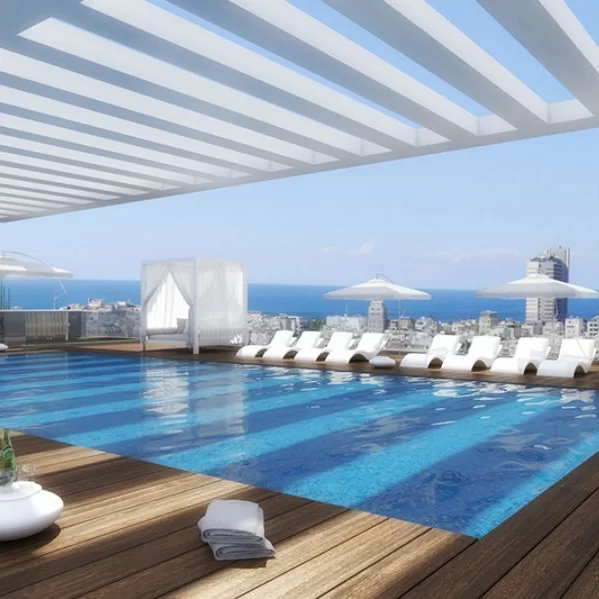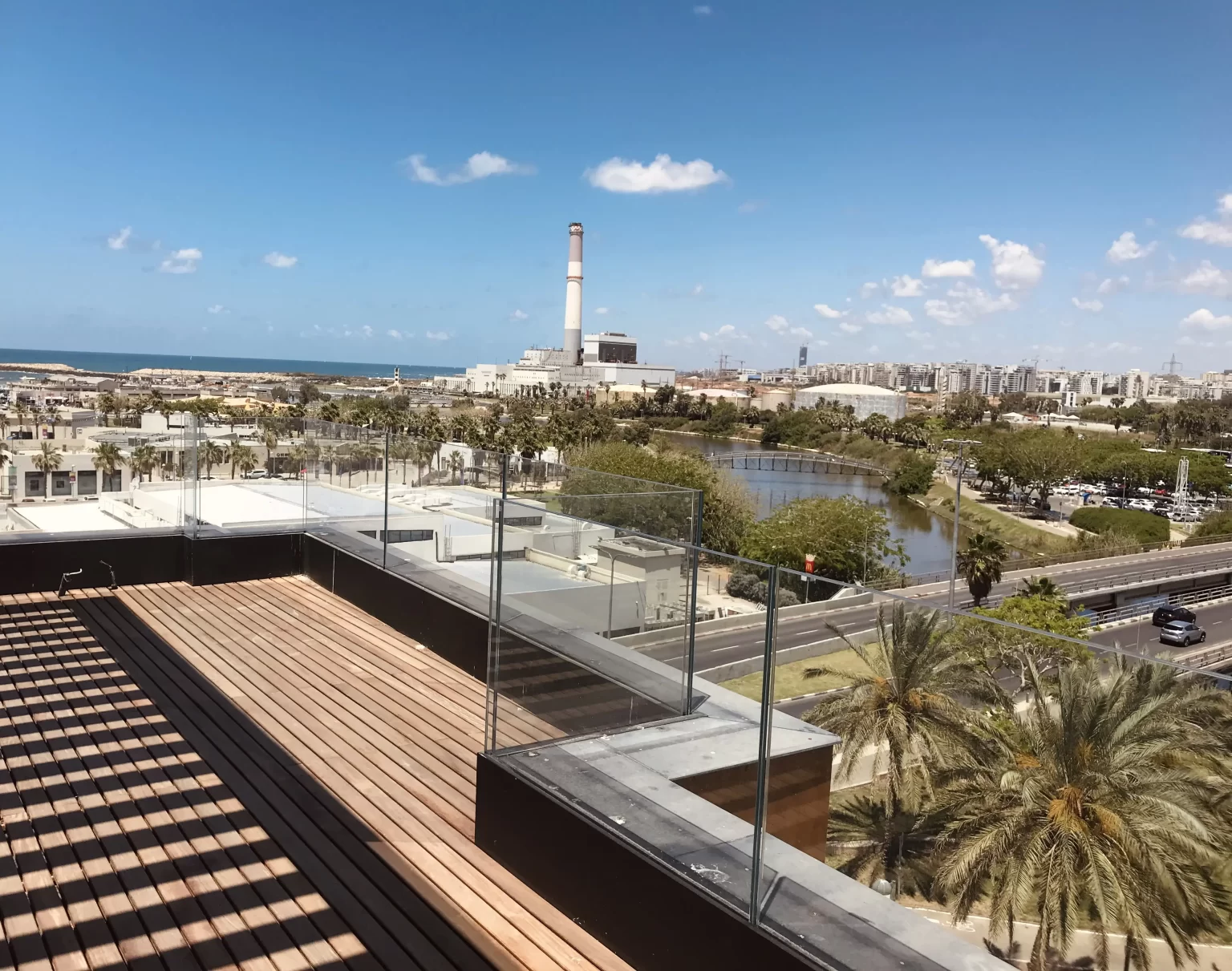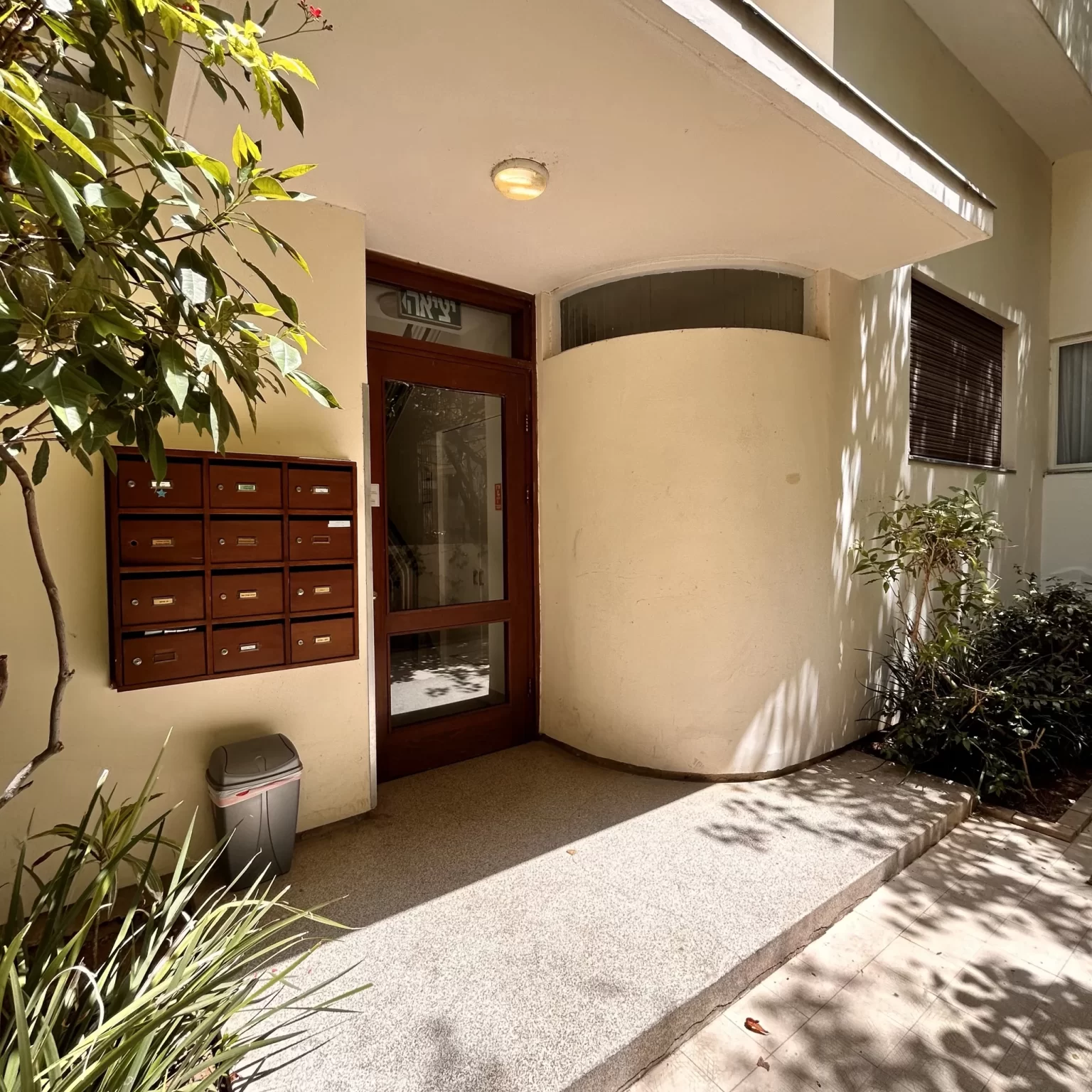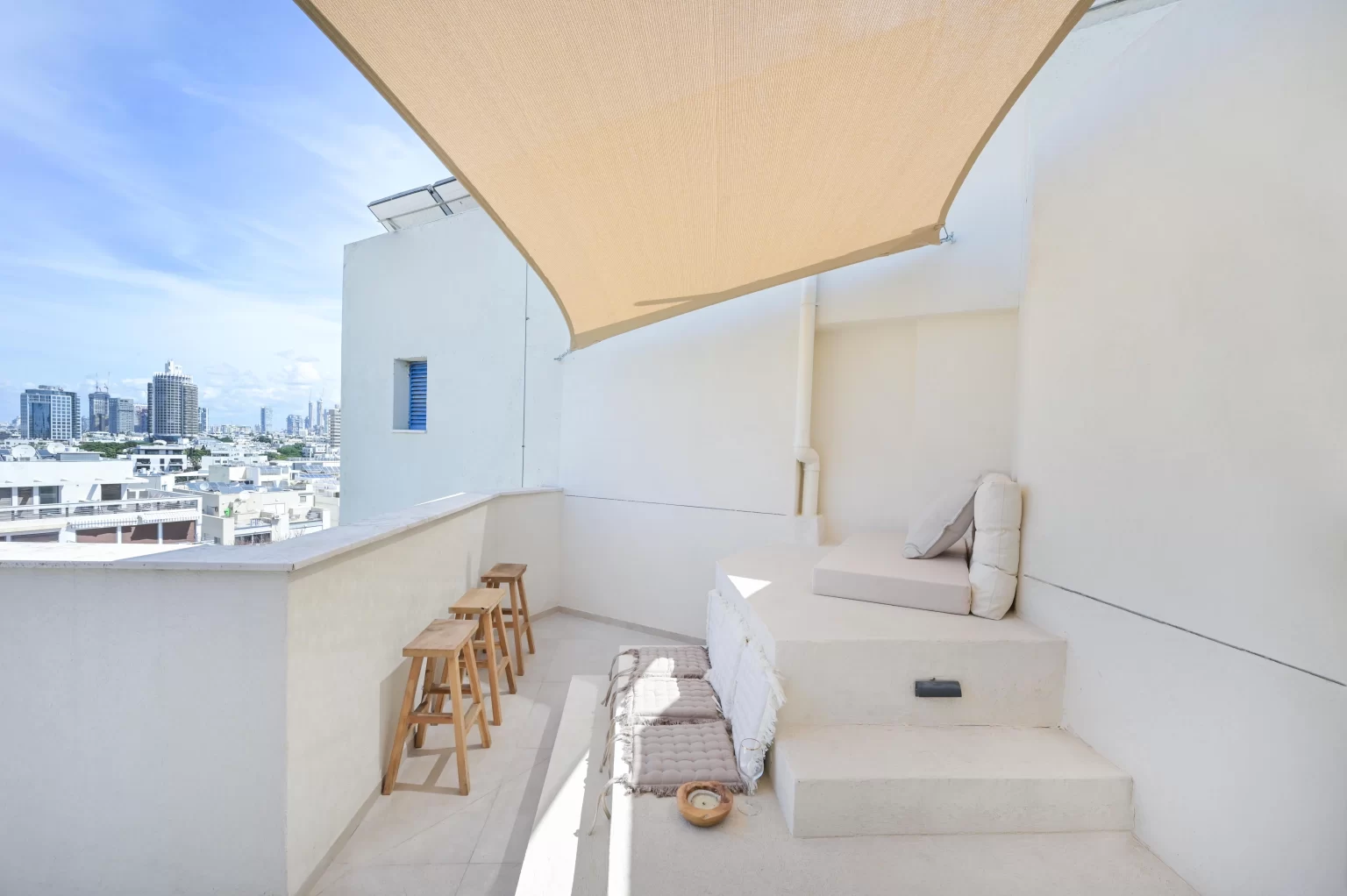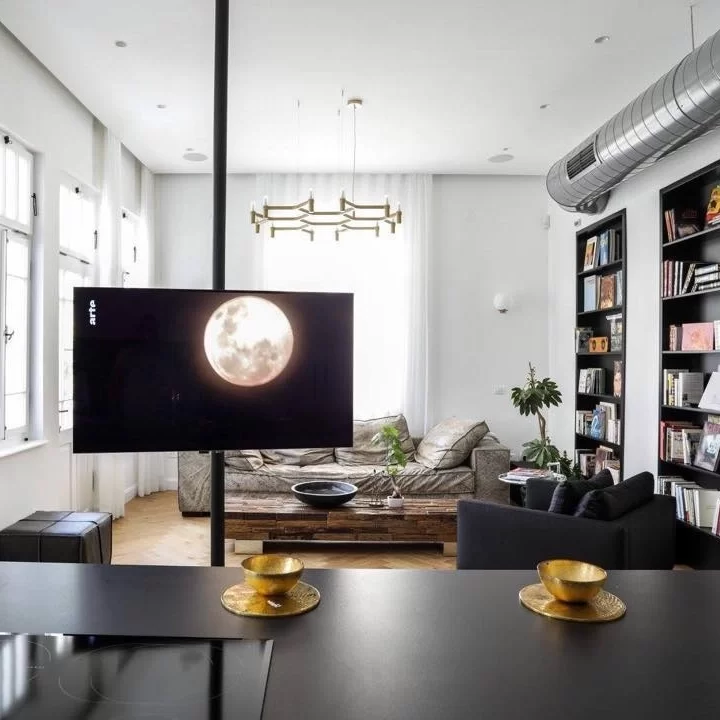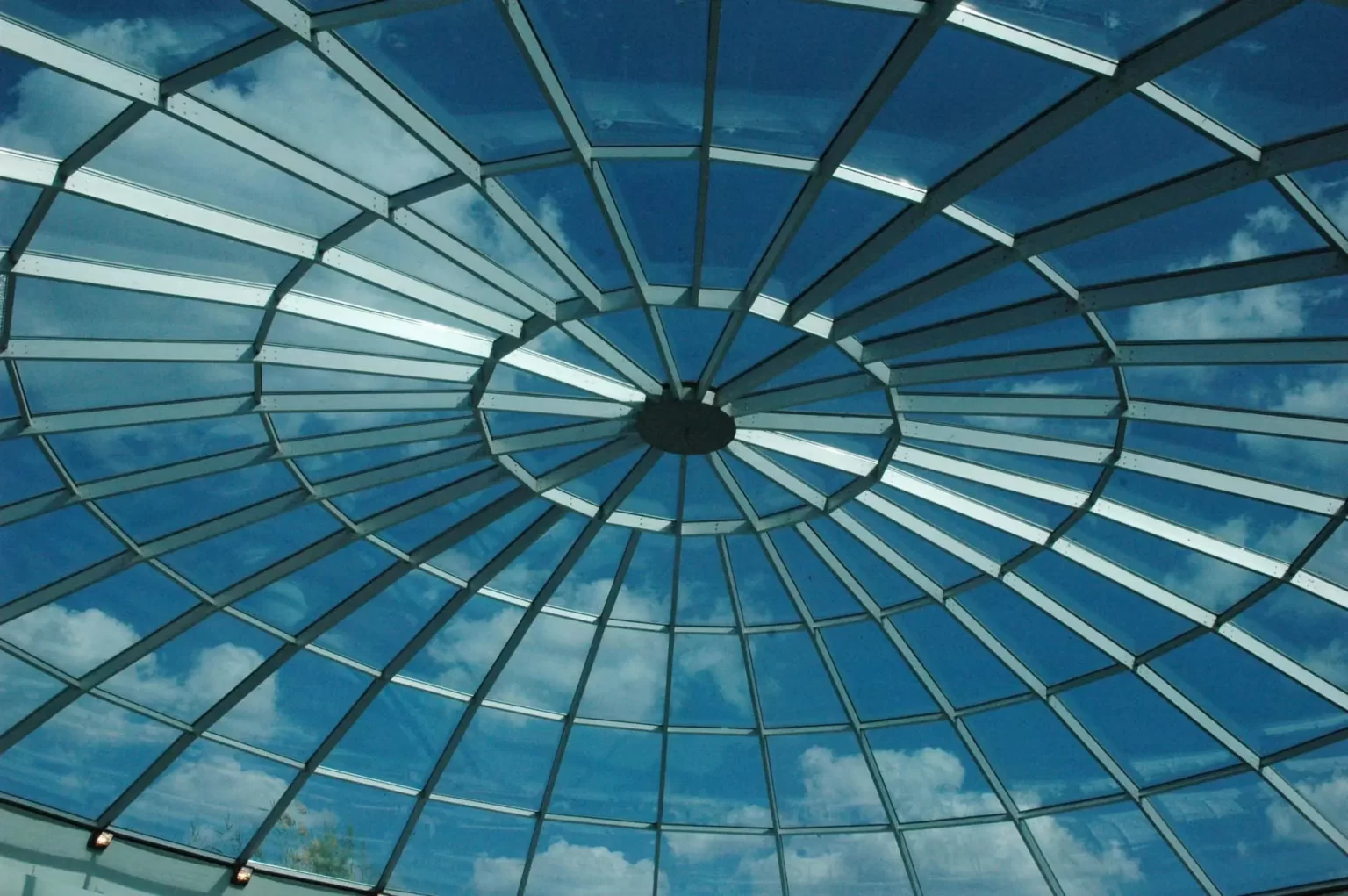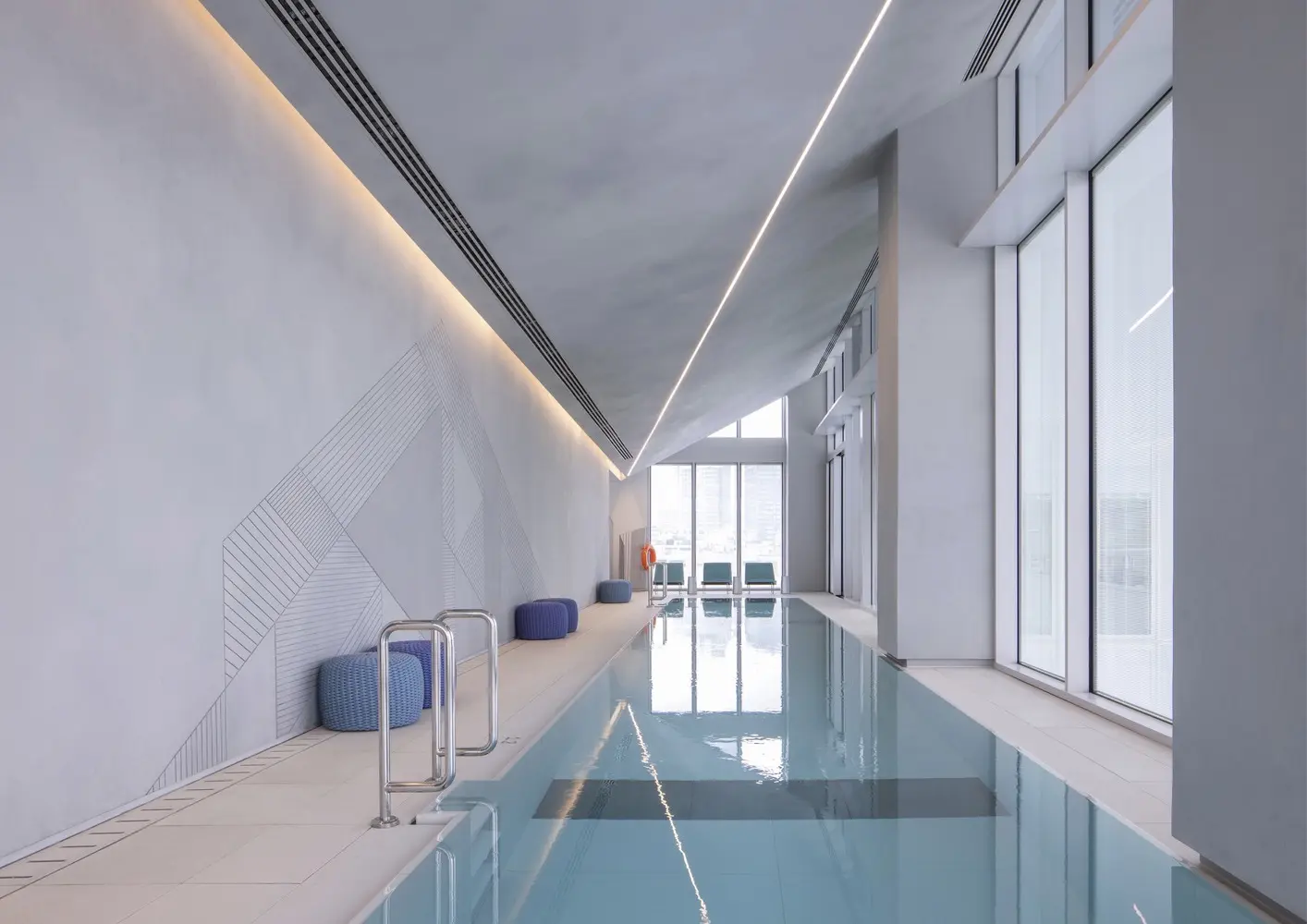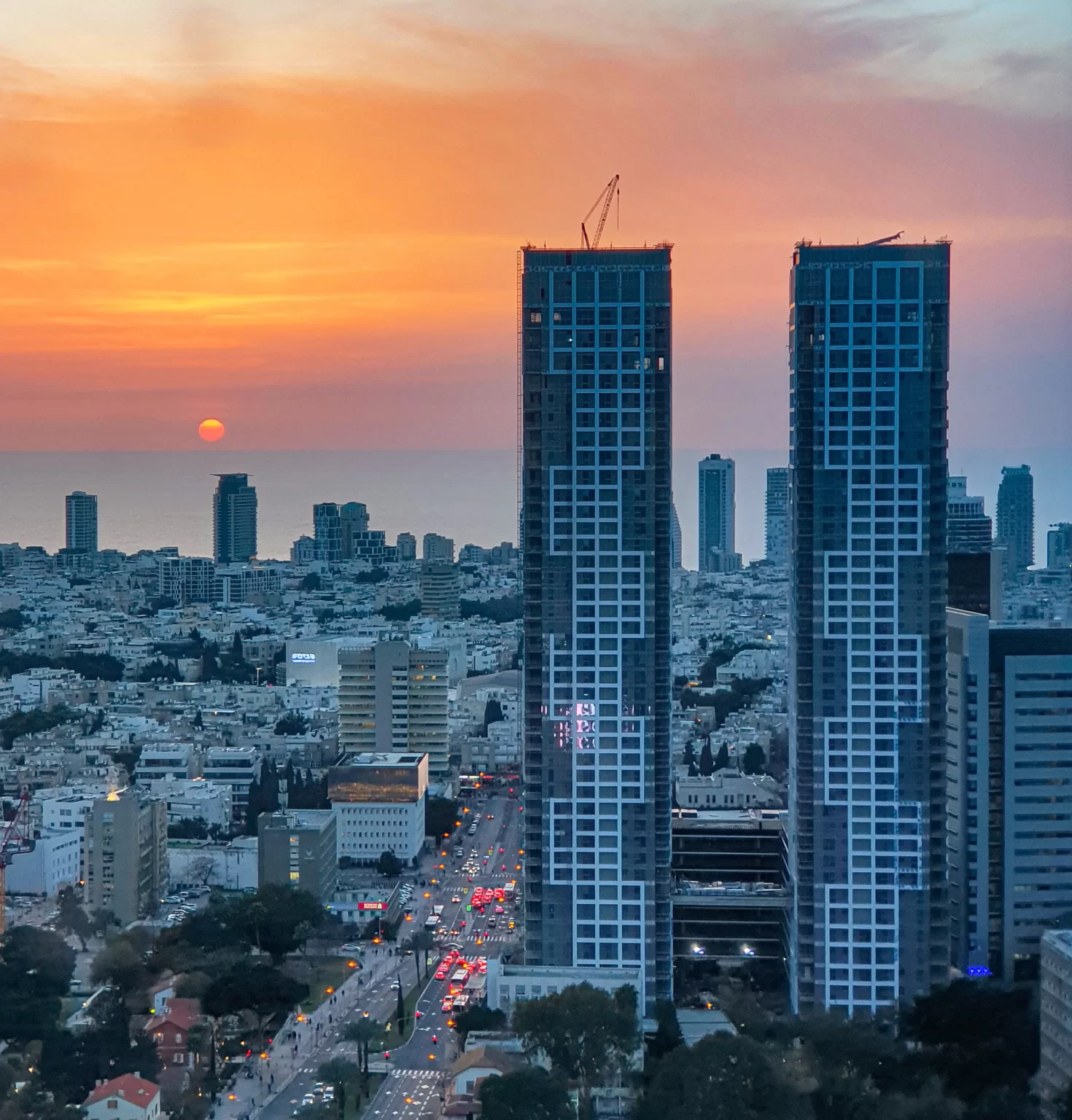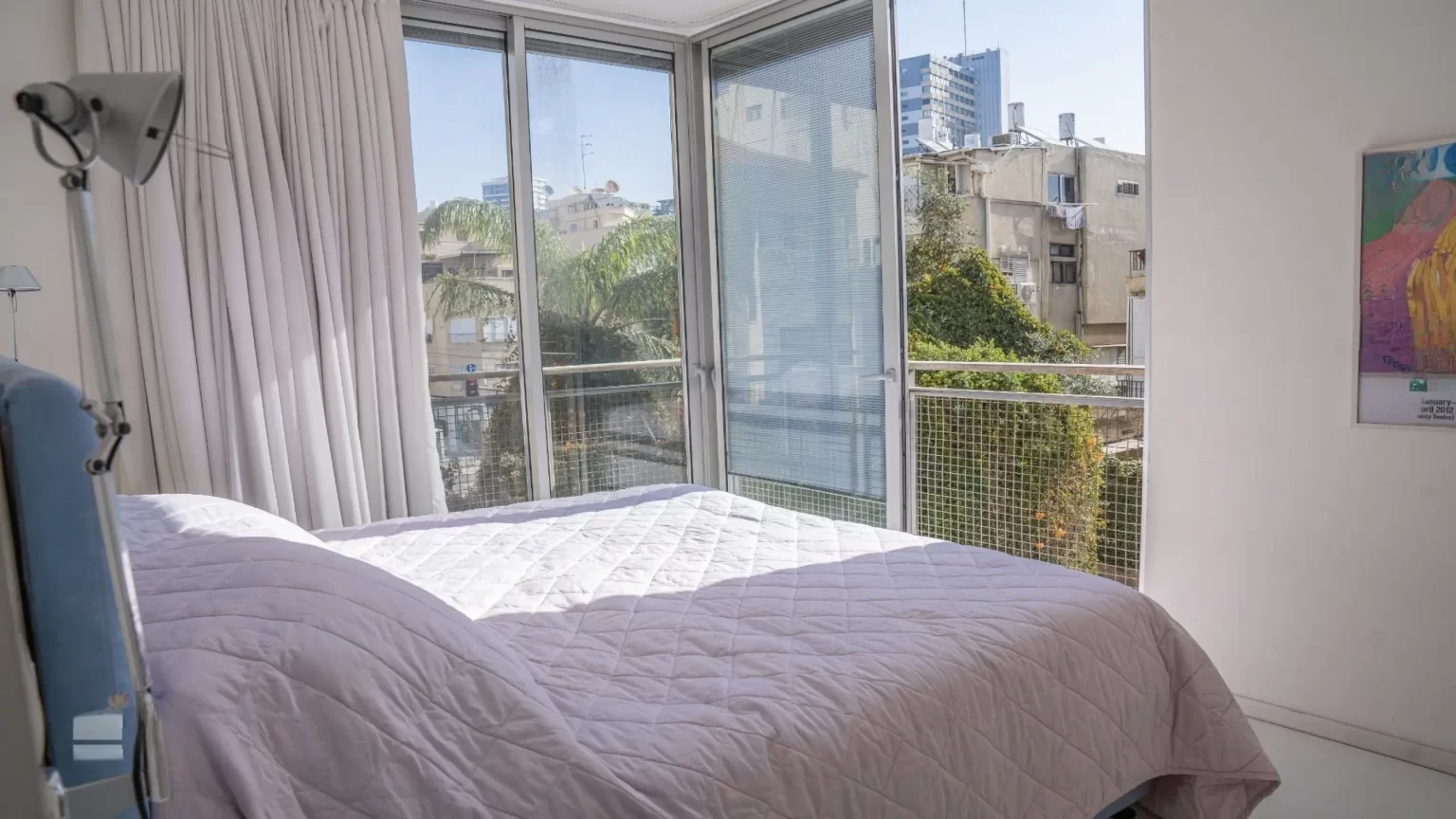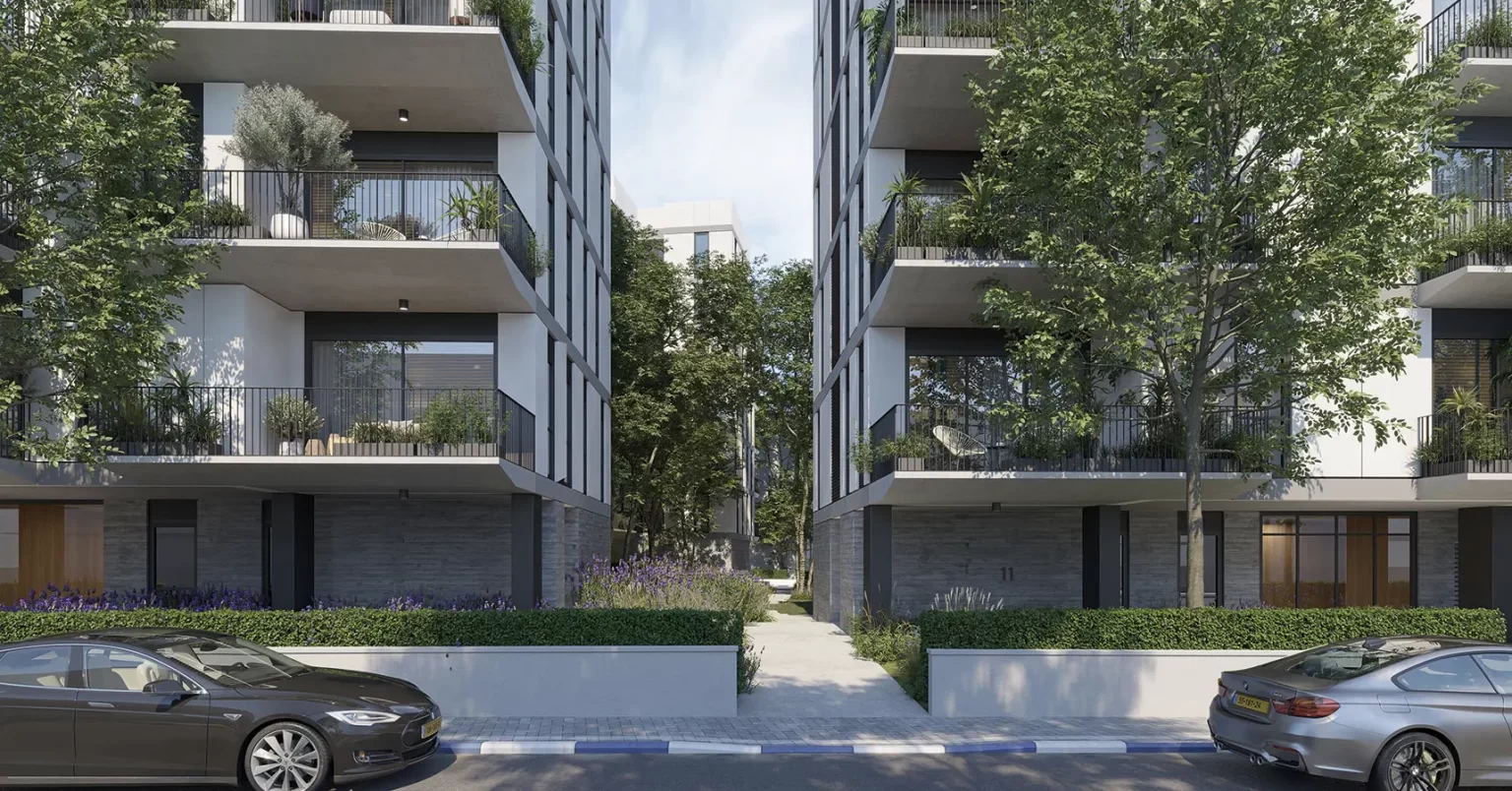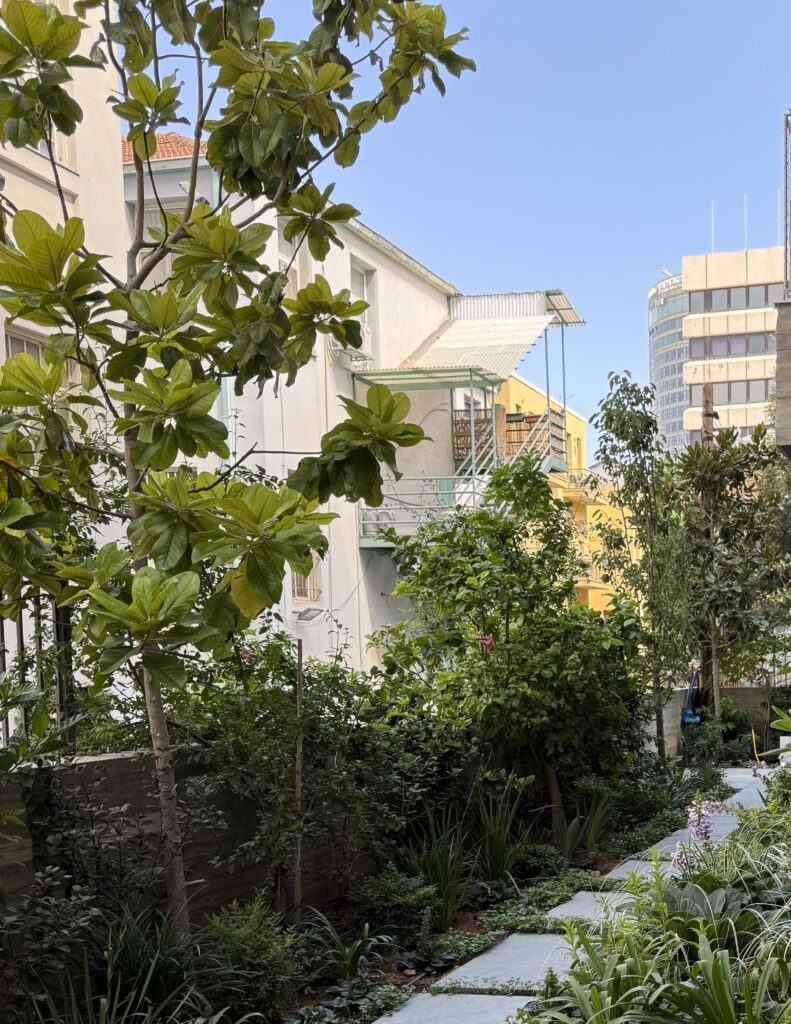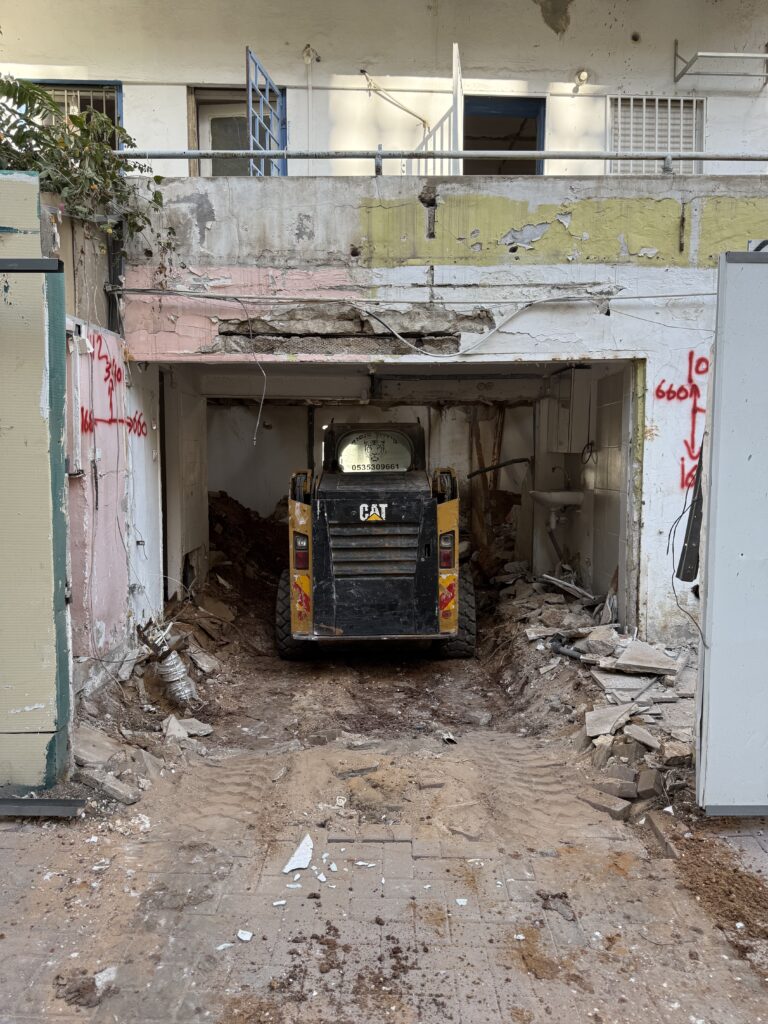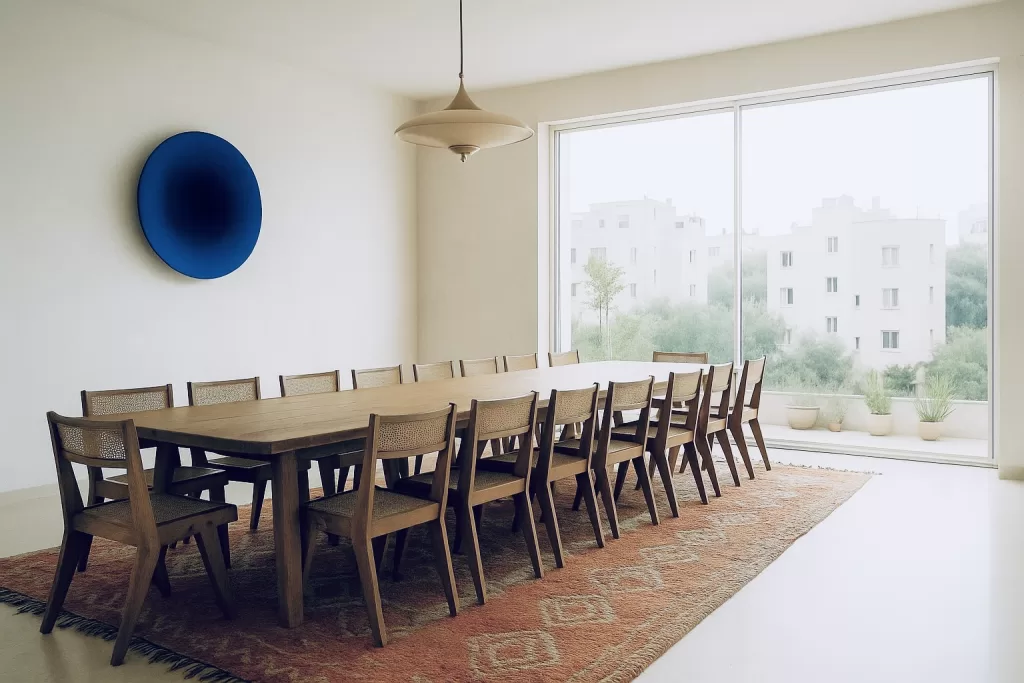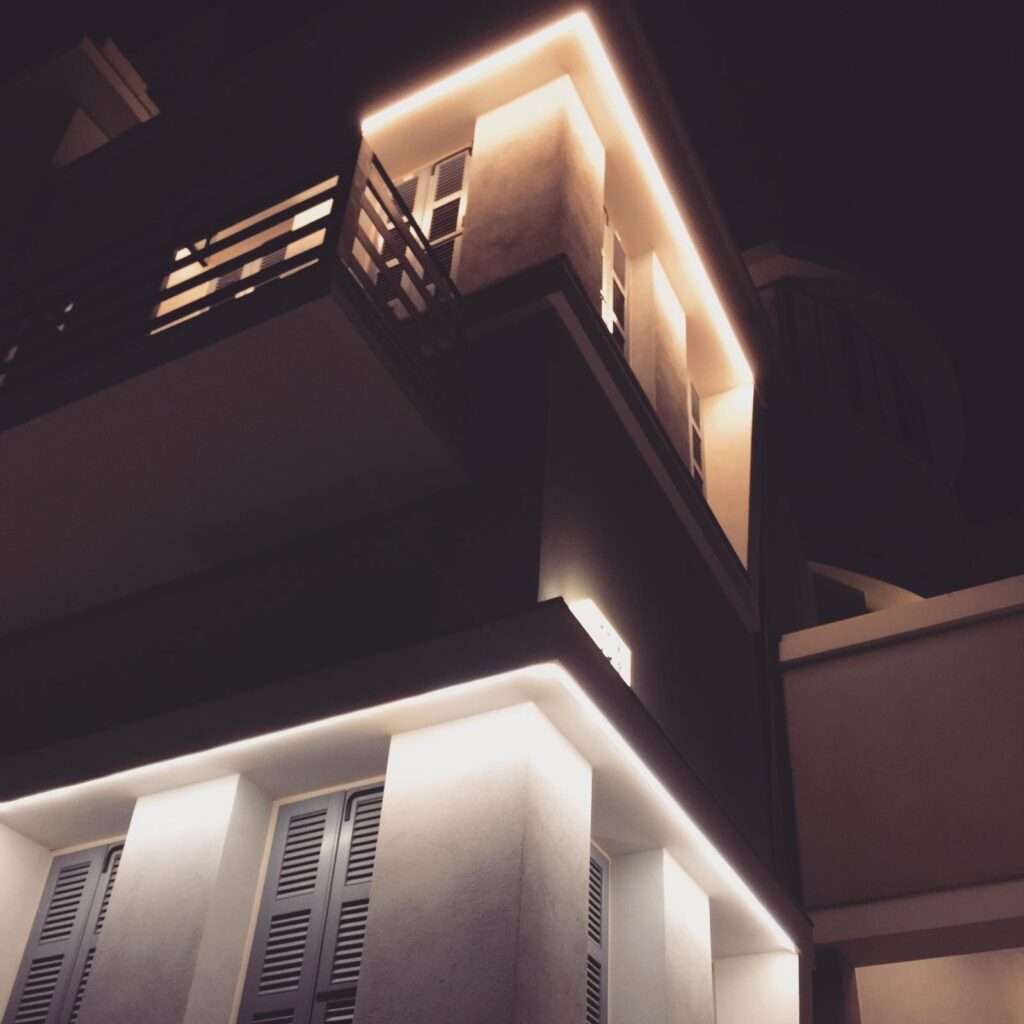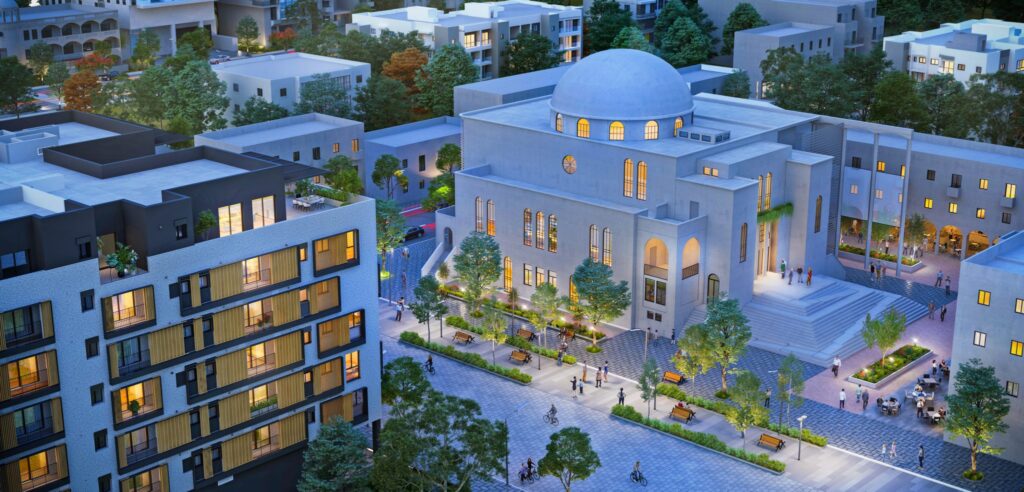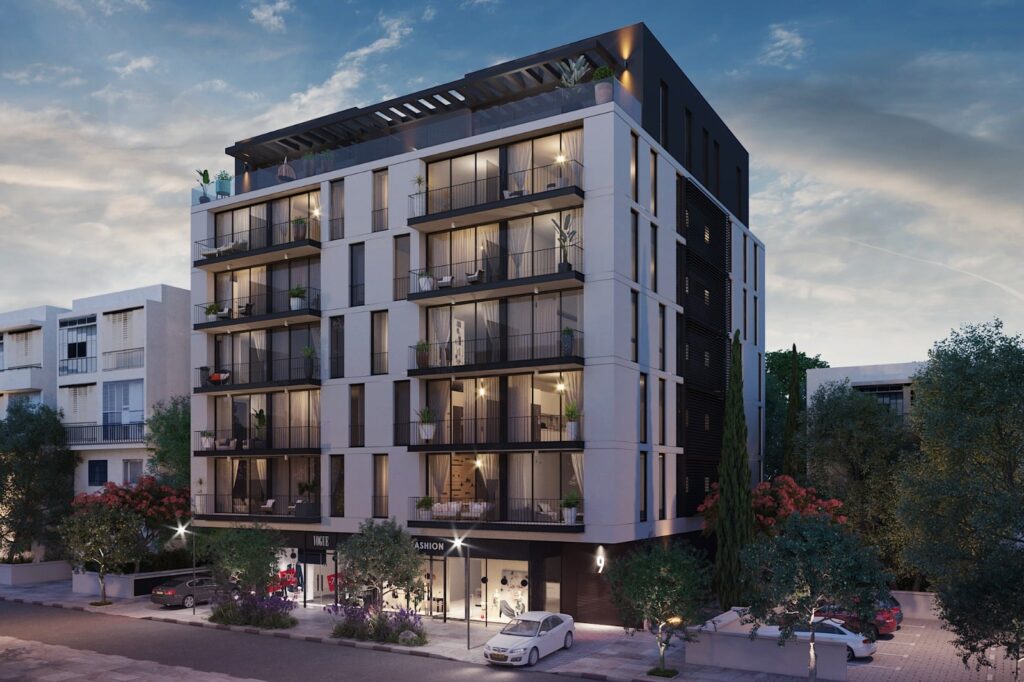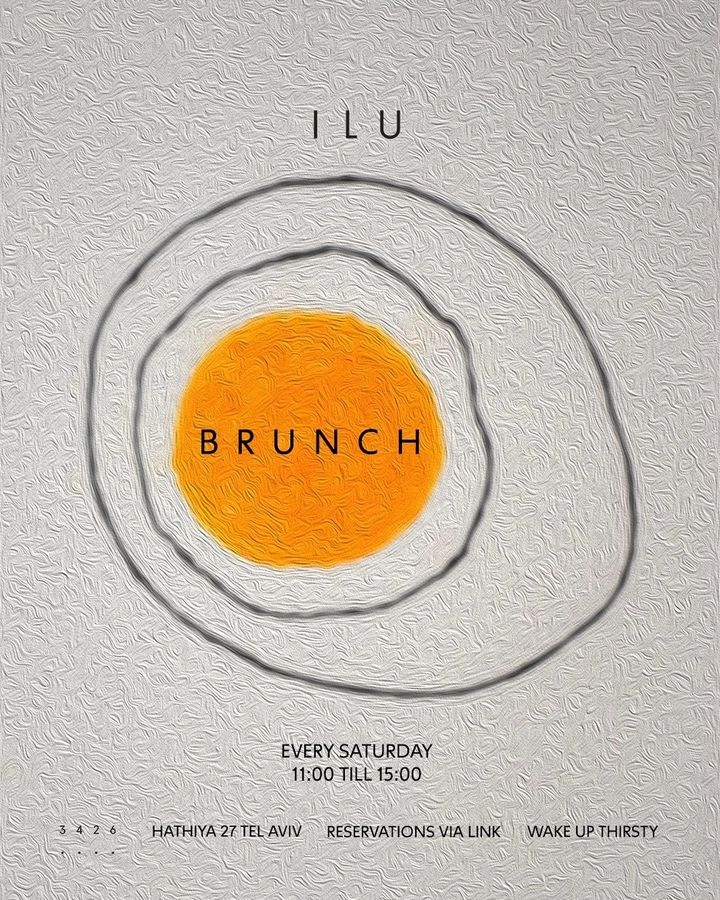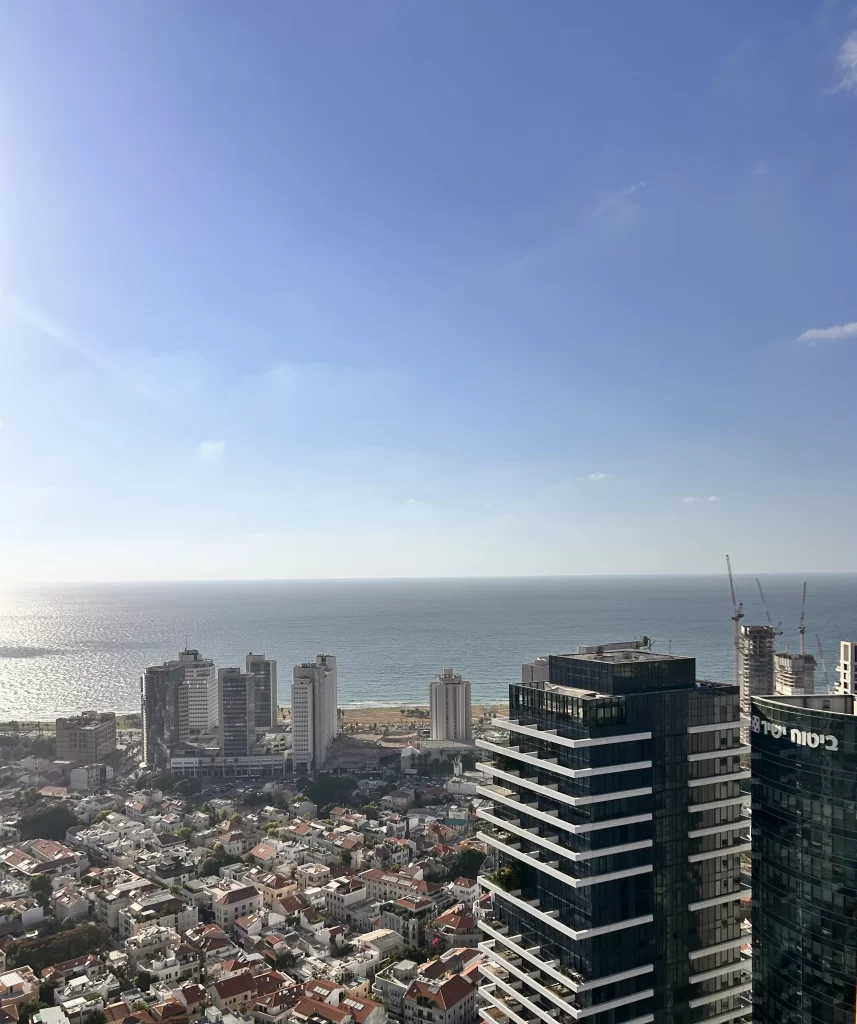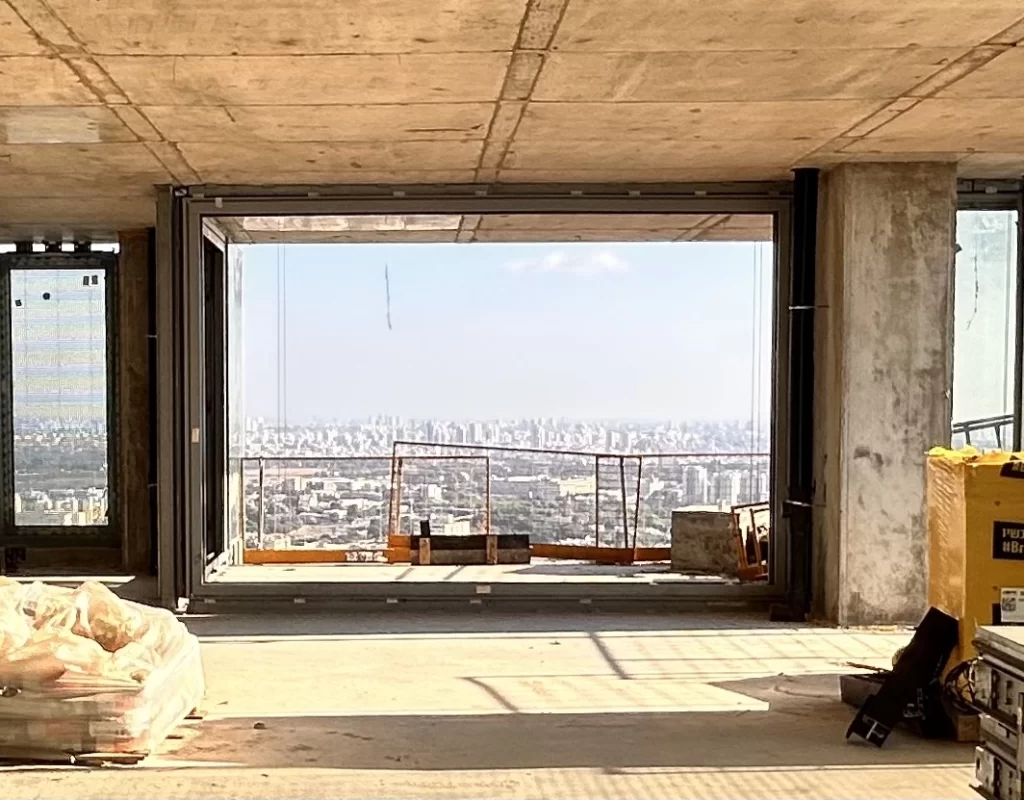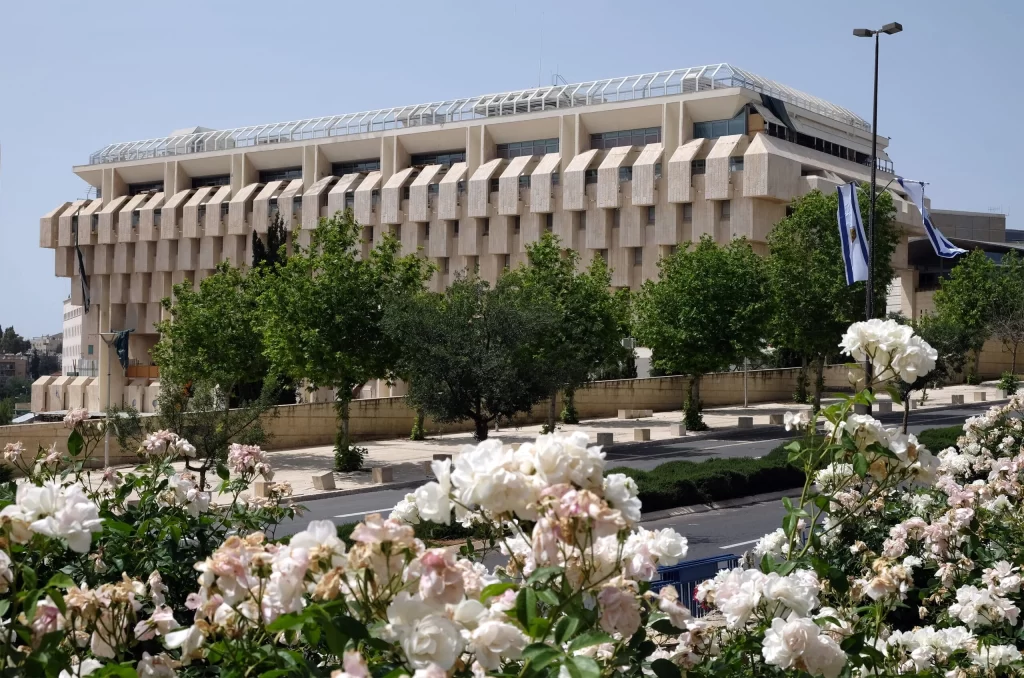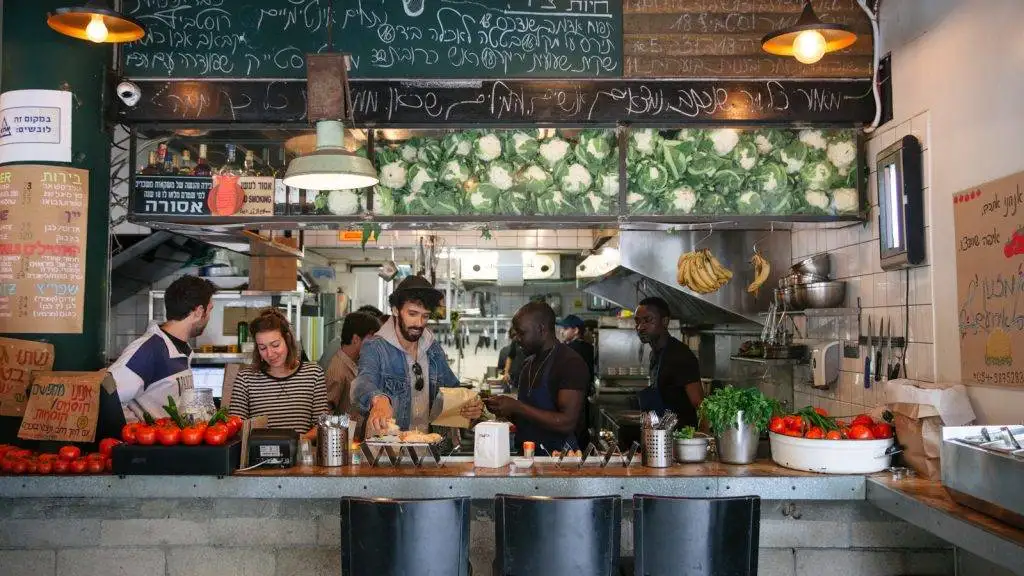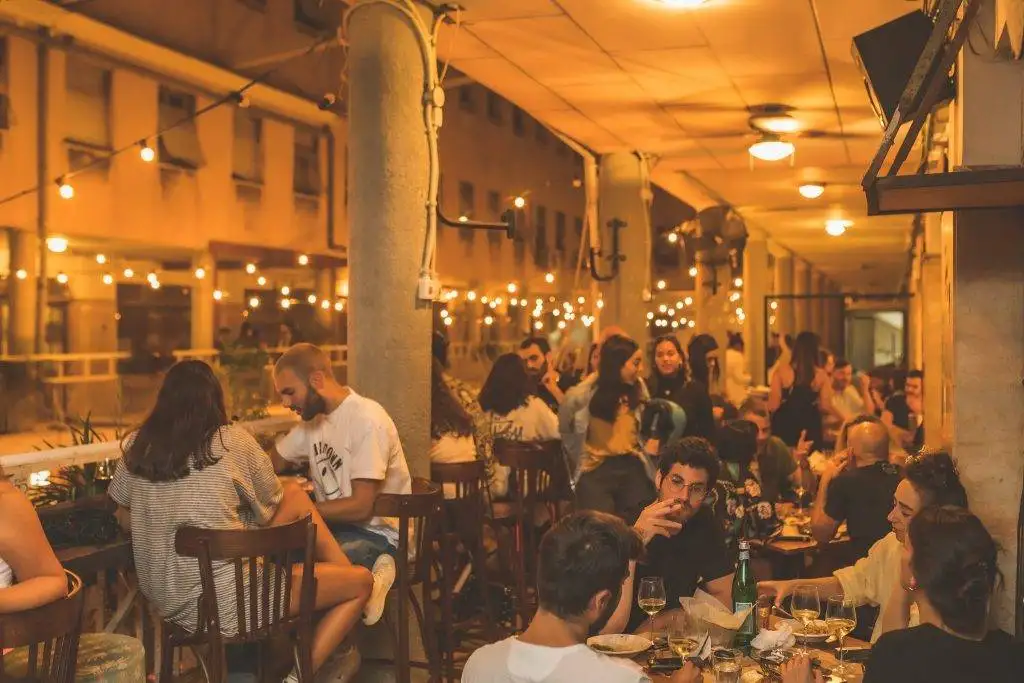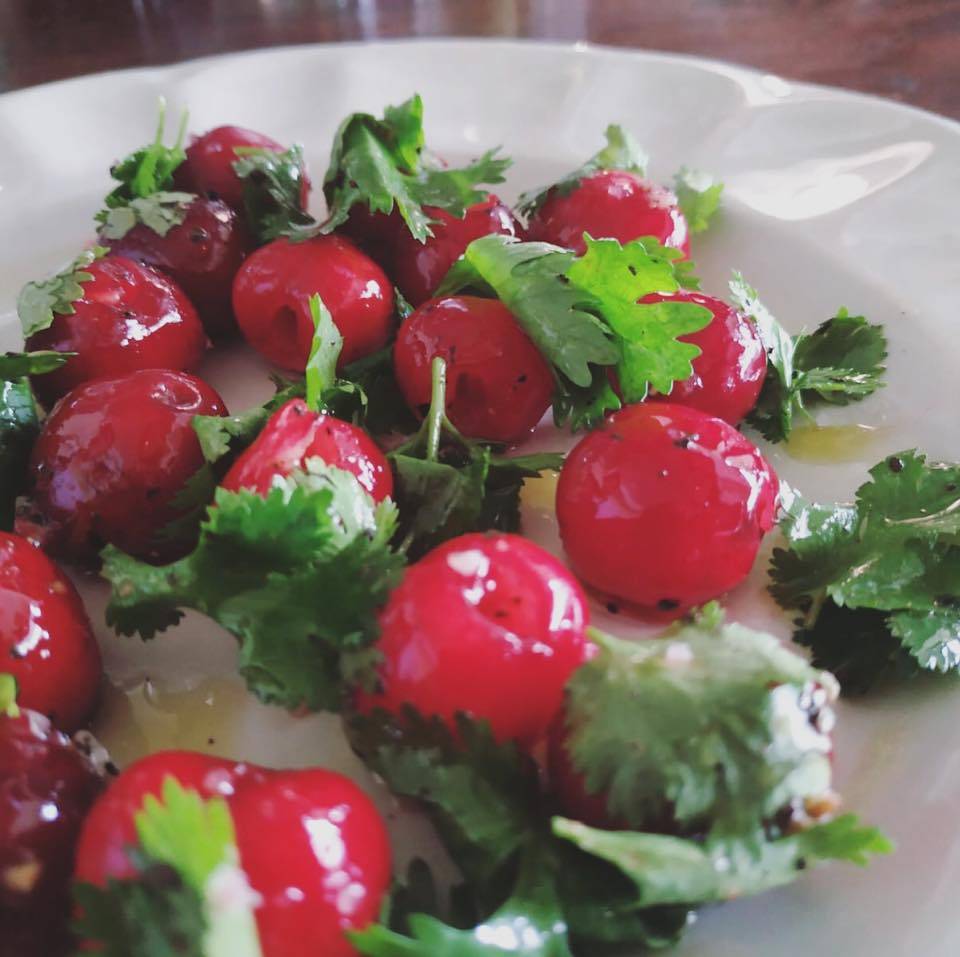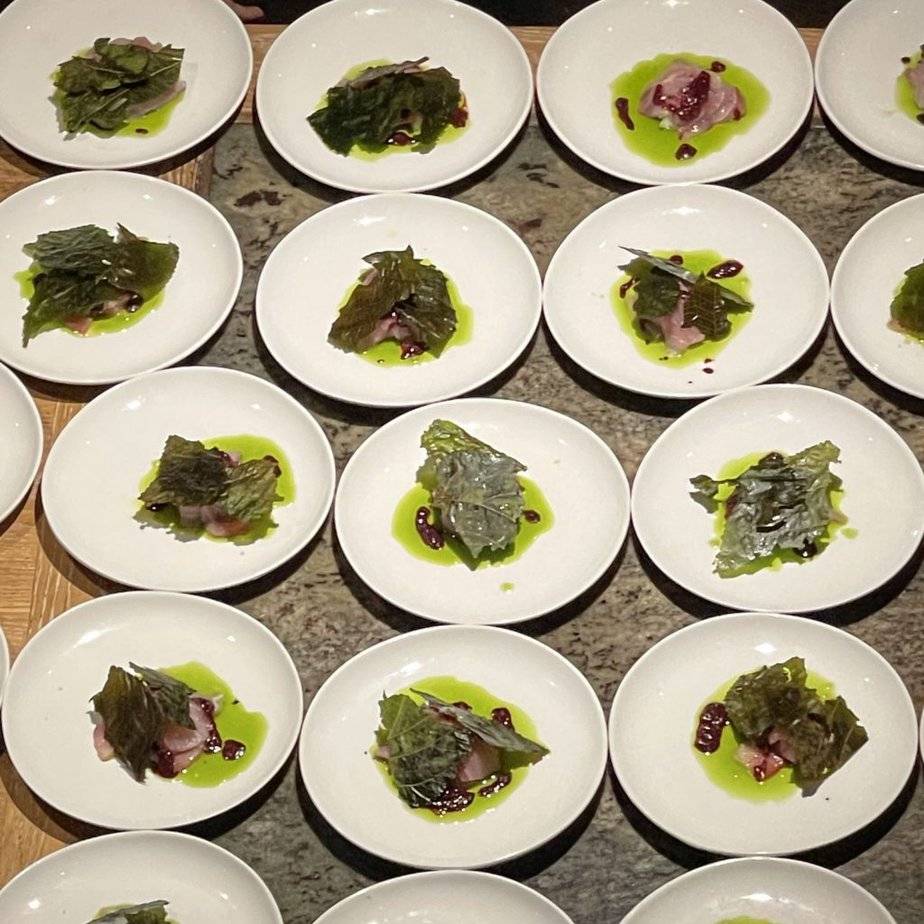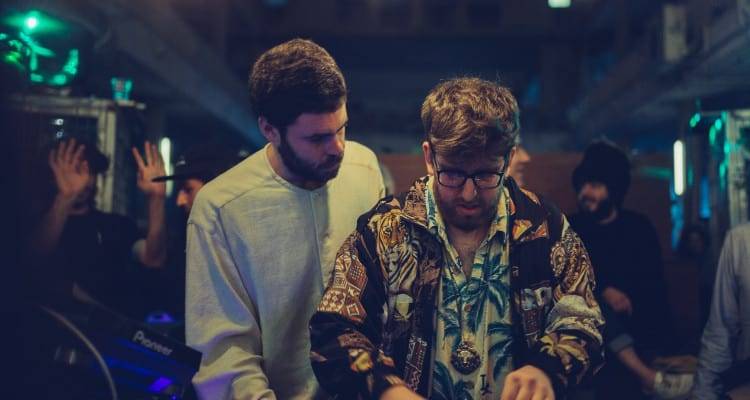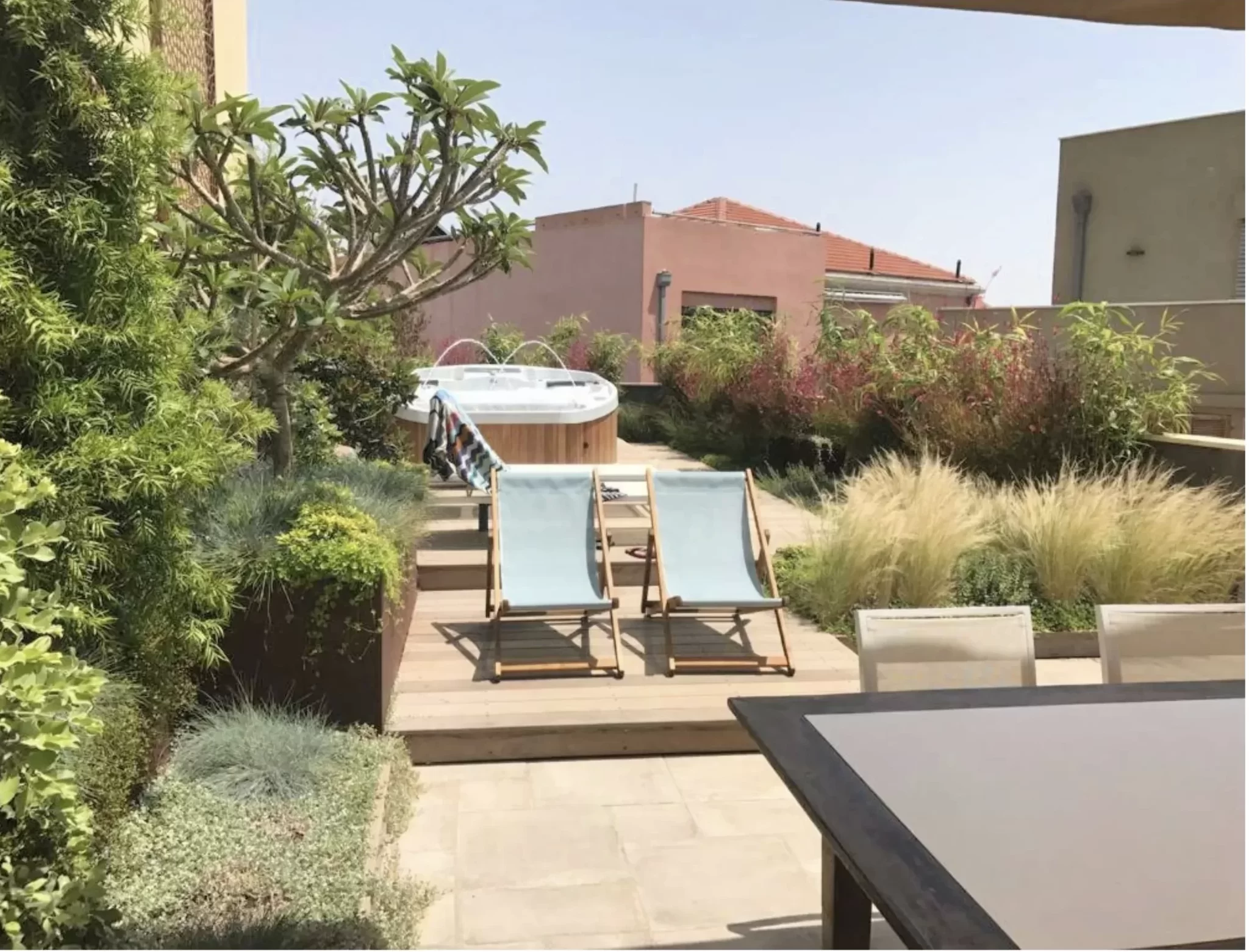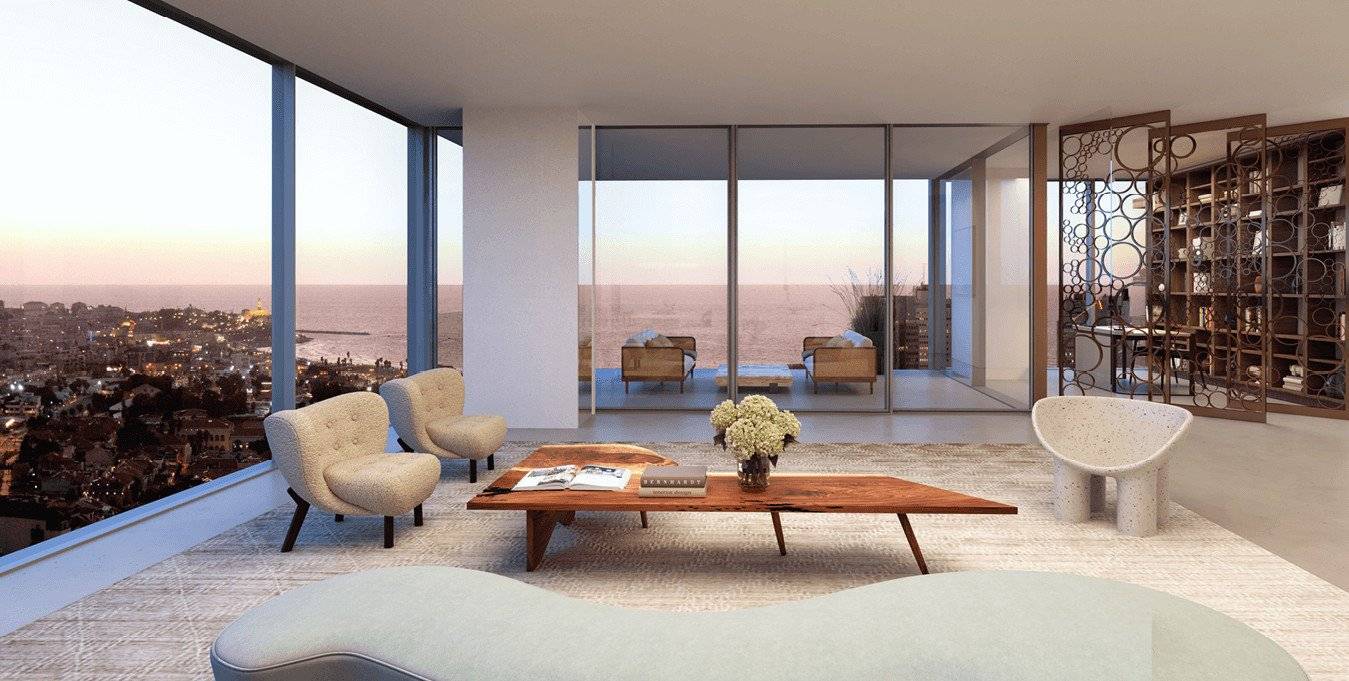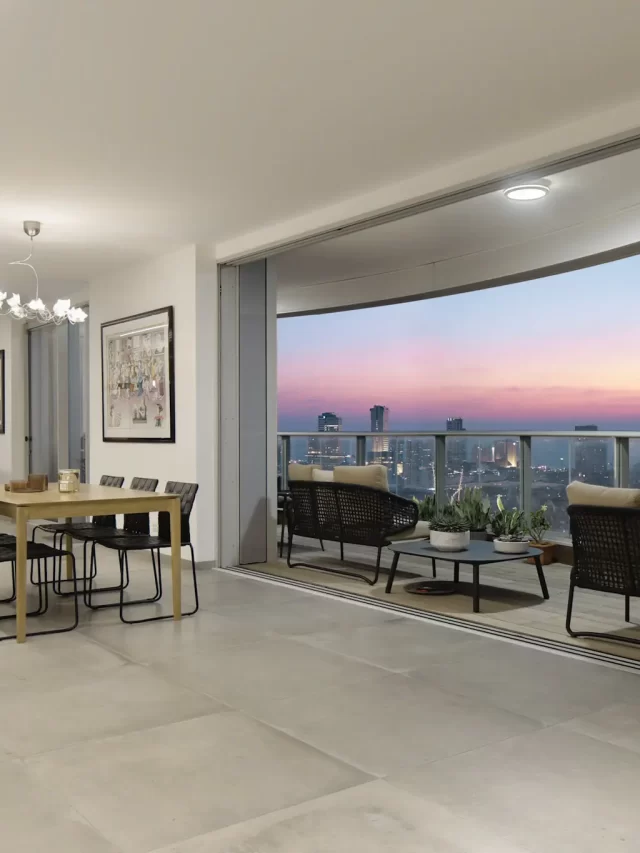Tel Aviv Bauhaus vs. Dessau Bauhaus
Why Bauhaus design was adopted in the 1930’s in Tel Aviv.
“Only perfect harmony in the technical function and in the proportions of form can produce beauty”
Walter Gropius
Founded in 1919 by the German architect Walter Gropius, the Bauhaus movement is synonymous with clean lines, modernist aesthetic whose undertones promote a social ideal . For many, the most impressive example of Bauhaus-style architecture outside of its birthplace in Germany, is Tel Aviv. The city boasts no less than 4000 Bauhaus examples. Six Israeli architects studied at the Bauhaus School: Shlomo Bernstein, Munio Gitai (Weinraub), Edgar Hed (Hecht), Shmuel Mestechkin, Chanan Frenkel and Arieh Sharon. Philip Hütt, a seventh architect, is believed to also have attended courses at the Bauhaus School in Weimar. A number of artists who studied at the Bauhaus school later moved to Israel, but were not active in the field of architecture here. Together they form a part of Tel Aviv now coined “The White City”. In 2003 the area was designated a World Cultural Heritage Site by UNESCO which dubbed it “a synthesis of outstanding significance of the various trends of the Modern Movement in architecture and town planning”.
Today, we tend today to encapsulate all of these different movements under the Bauhaus umbrella. There are however stark differences between the different streams that emanated from the original school. Gropius himself evolved. This is particularly apparent when comparing his pre-war and post war works. The principles nonetheless remained. While “Bauhaus” became shorthand for functionalist architecture, an signature style of angular, boxy buildings and ribbon windows, there were, in fact, many different undercurrents of the Bauhaus that coexisted during the school’s short life span, and even more so after its end. Despite the emphasis placed on the utility of the design, beauty was and remains an essential pillar of the Bauhaus philosophy. The concept of beauty, however, was radically different than previously. Beauty became a direct product of the functionality. Gropius designed a living experience rather than a space. The aesthetics served a greater and more inclusive purpose rather than being the aim of the design.
“Architectural zeitgeists often take several years to develop but modern architecture in jewish Palestine quickly became the only option.”
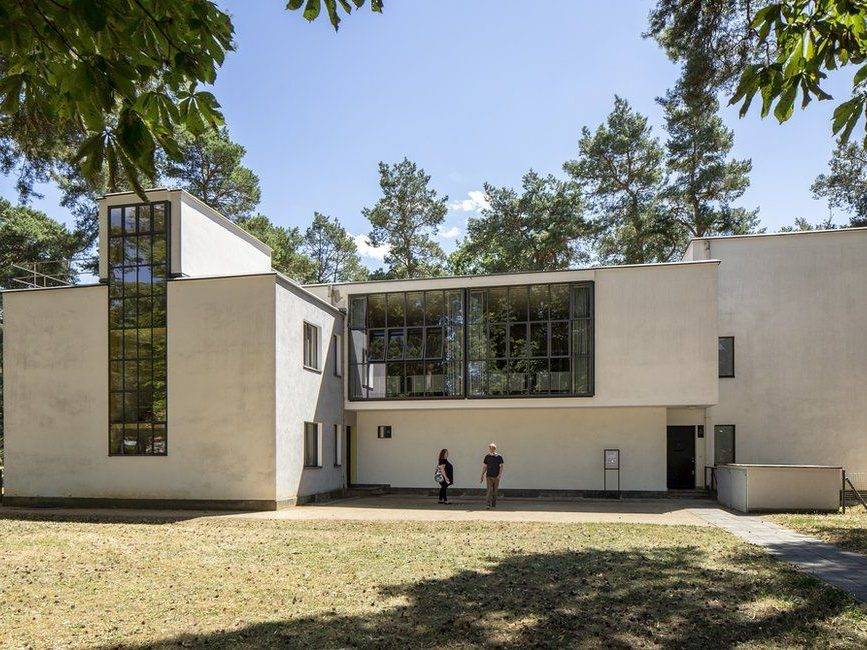
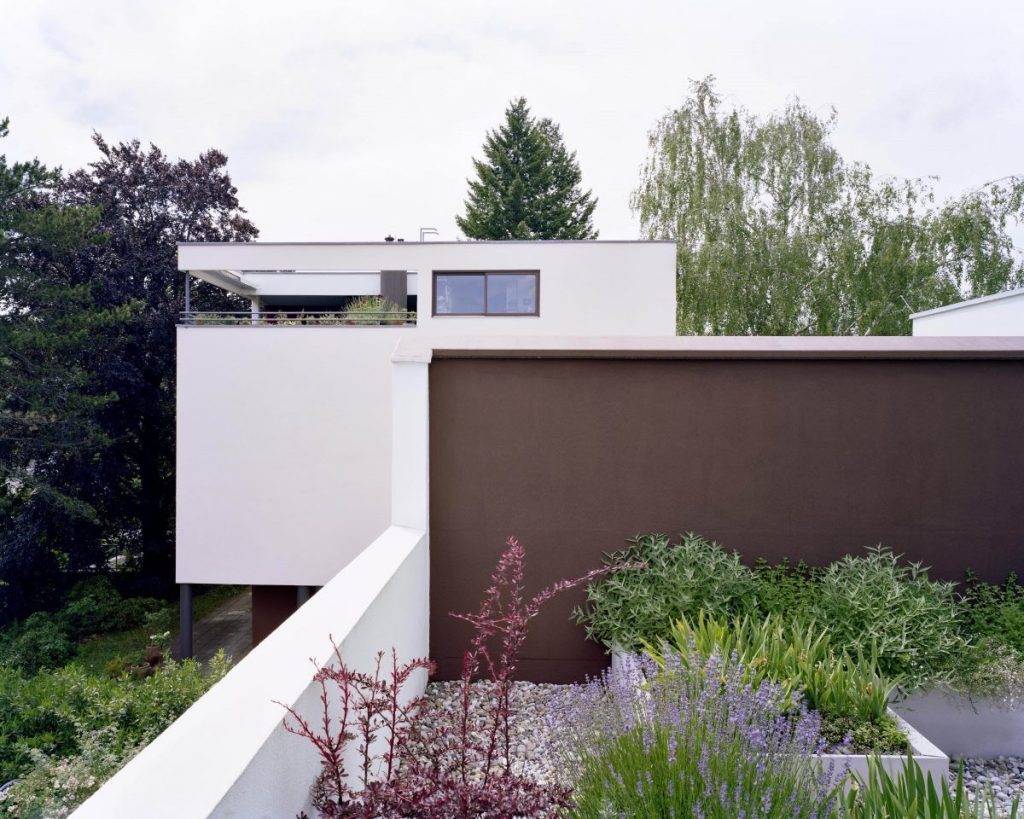
Before the movement arrived in British Palestine, there was no concerted and uniformed approach to urban planning and architecture. New buildings were designed along the local traditions, much in the same way you’d find in Beyrouth at the time and the art nouveau that was so in vogue at the time.
“It was a pastiche of different styles,” says Zvi Efrat, professor of architecture at the Bezalel Academy of Arts and Design in Jerusalem.
Prior even to the rise of the Nazi persecutions, immigrating European Jews brought along a set of idealist aspirations driven by a strong yearning for social re-constructionism , much alike Gropius’s own school of thoughts.
Bauhaus in Tel Aviv design became the natural choice for those early immigrants. With the rise of Nazism, the immigration was less idealistic. Later, amongst those that left Europe under the looming threat, some would not have necessarily chosen to move to the region, but nonetheless brought with them the teachings of the famous Dessau school. Amongst came the search for a “Hebrew” language of architecture had brought mixed results.
Views of Tel Aviv and DessauWith the arrival of Jewish architects from central and eastern Europe like Arieh Sharon, there was a rapid change of heart. Starting in the early 1930s the ornamentation of the so-called “eclectic” style was replaced by a new, local, modernist vernacular. “The municipalities would reject plans in the former style and only accept modernist buildings. And it was not just a radical architecture of the left…it was accepted by all, across classes and ideologies.”“Unlike its German counterpart, Tel Aviv Bauhaus is not a pure Bauhaus style,” says Sharon Golan Yaron, architect and program director of the White City Center. “It is a specific vernacular style that has been developed here.” Lev Ha’Ïr neighborhood is where there some of the most iconic examples of Bauhaus in Tel Aviv.
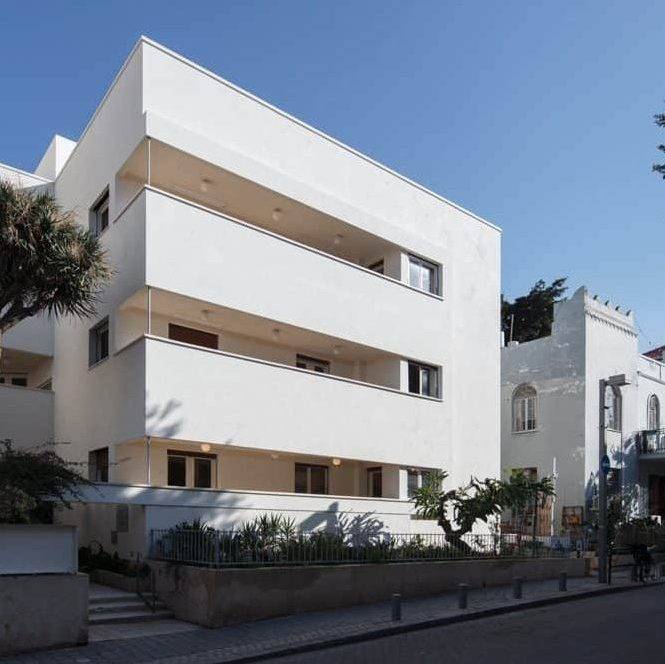
Liebling HouseMax Leibling house was the first building in the country to use elongated recessed balconies, an adaptation of Le Corbusier's strip windows. 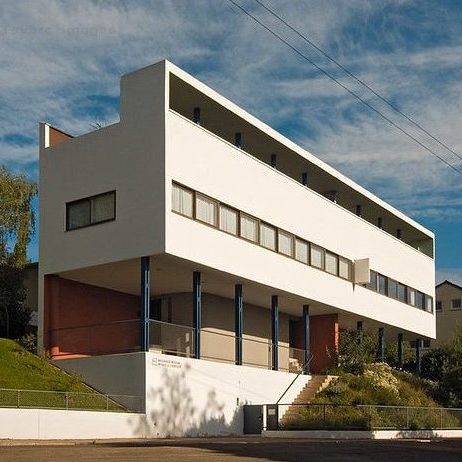
Le Corbusier
Germany's newest World Heritage Sites are two homes in the Weissenhof Estate in Stuttgart, a housing estate in the Neues Bauen style.
Tel Aviv Bauhaus architects’ ingenuity in adapting the principles to local constraints.
The weather is probably the most obvious element that architects had to adapt to when elaborating the designs of this new Tel Aviv. Unlike their counterparts in Germany, architects had to find ways to avoid the scorching sun and favor the circulation of air. One example of is the deep and covered balconies that create shade. “Take the idea of raising the building on pilotes,” he continues. “In Tel Aviv it became almost a municipal zoning regulation because it is a city where you want to allow the breeze from the sea to go underneath the building and to ventilate the ground floor. The same is true about roof gardens: it was almost a rhetorical element but in Tel Aviv it became an urban feature.” One other significant element is the use of materials. Bricks as well as steel were rare and expensive in Israel, so was glass, all three very widely used in Germany.
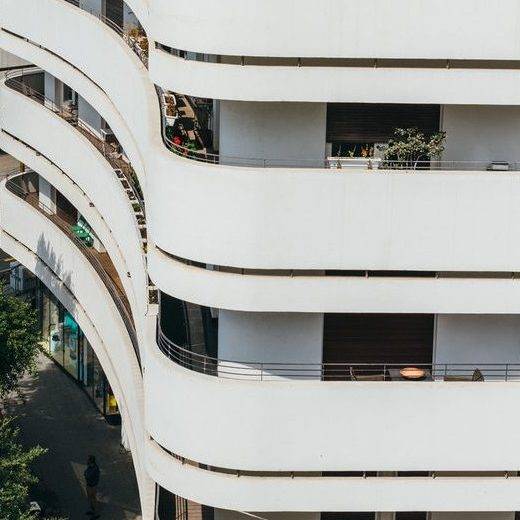
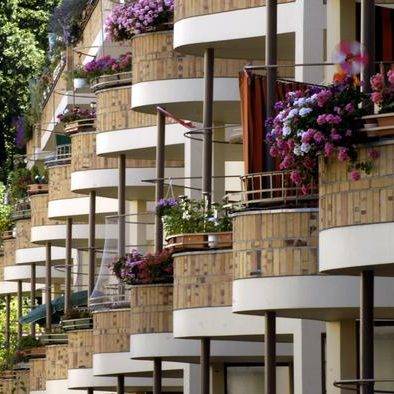
Mies van der Rohe's 1932 Siemensstadt Estate, on which Gropius also worked.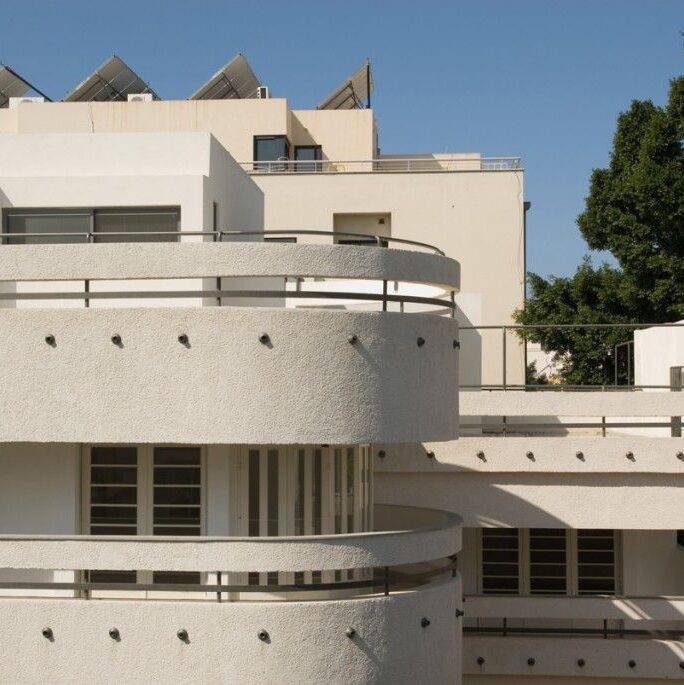
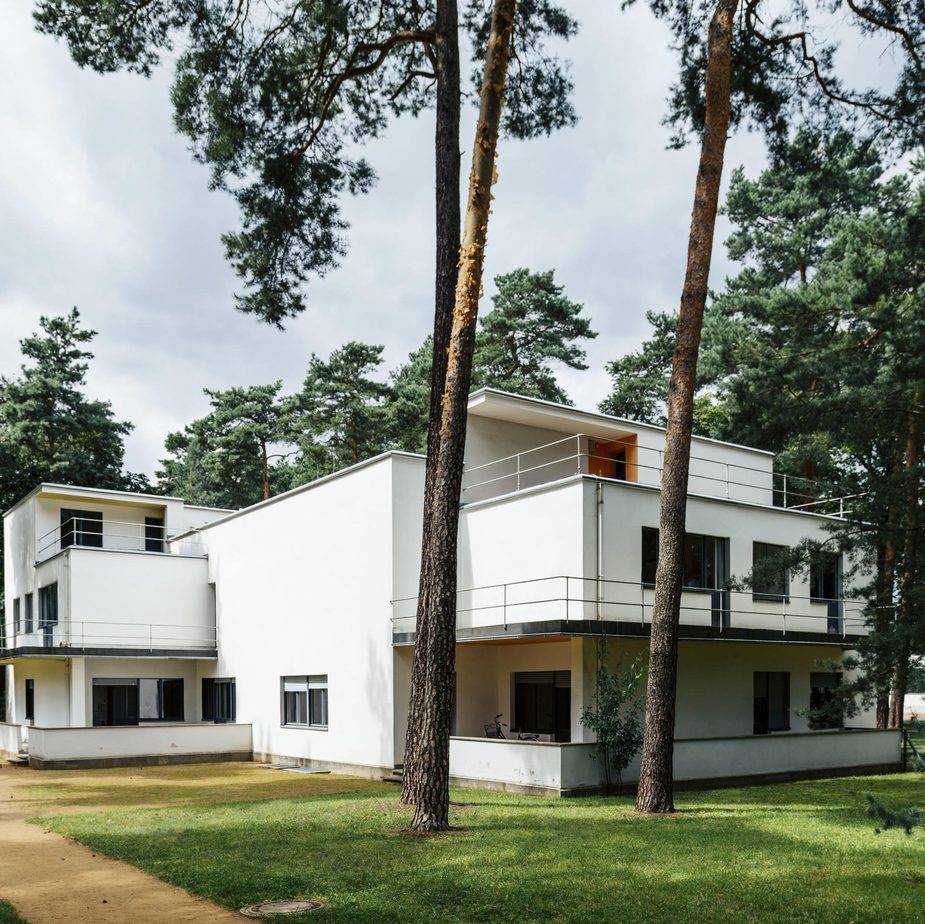
Gropius's Masters' Houses at the Bauhaus in DessauTel Aviv Bauhaus broke away from the purists.
So what the Israeli architects lacked in basic materials, they made up in creativity. This may be part of the reason the buildings’s designs are often more elaborate than their German equivalent. The intricacy and complexity of some of the designs can also be explained by the fact that the architects were no longer under the iron hand of the now powerful school of Dessau. The isolation of Israel certainly allowed the architects a little more room for interpretation and experimentation, away from the rigor and austerity of the germanic masters.
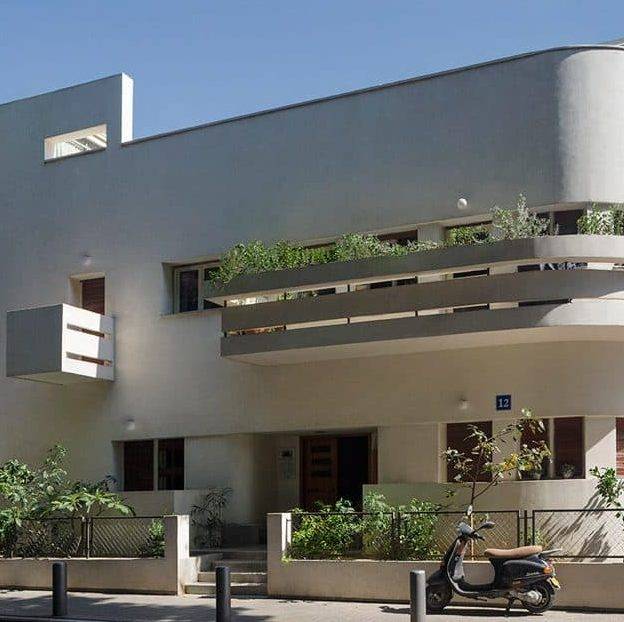
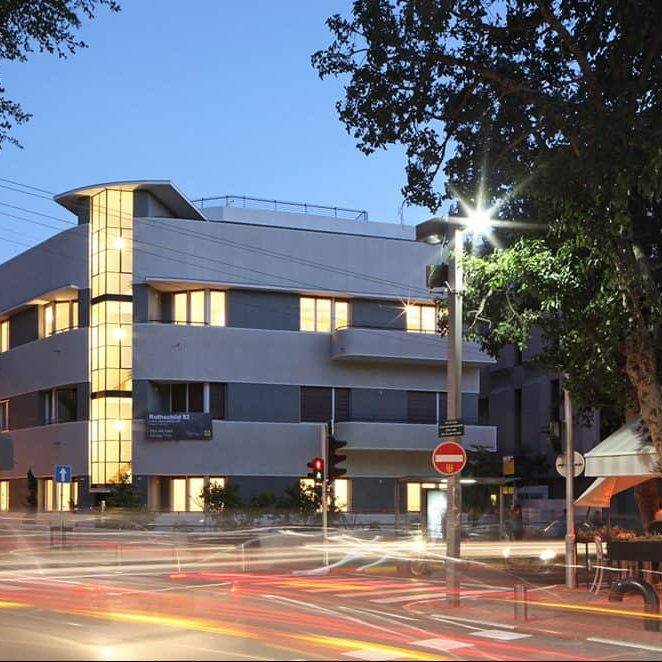
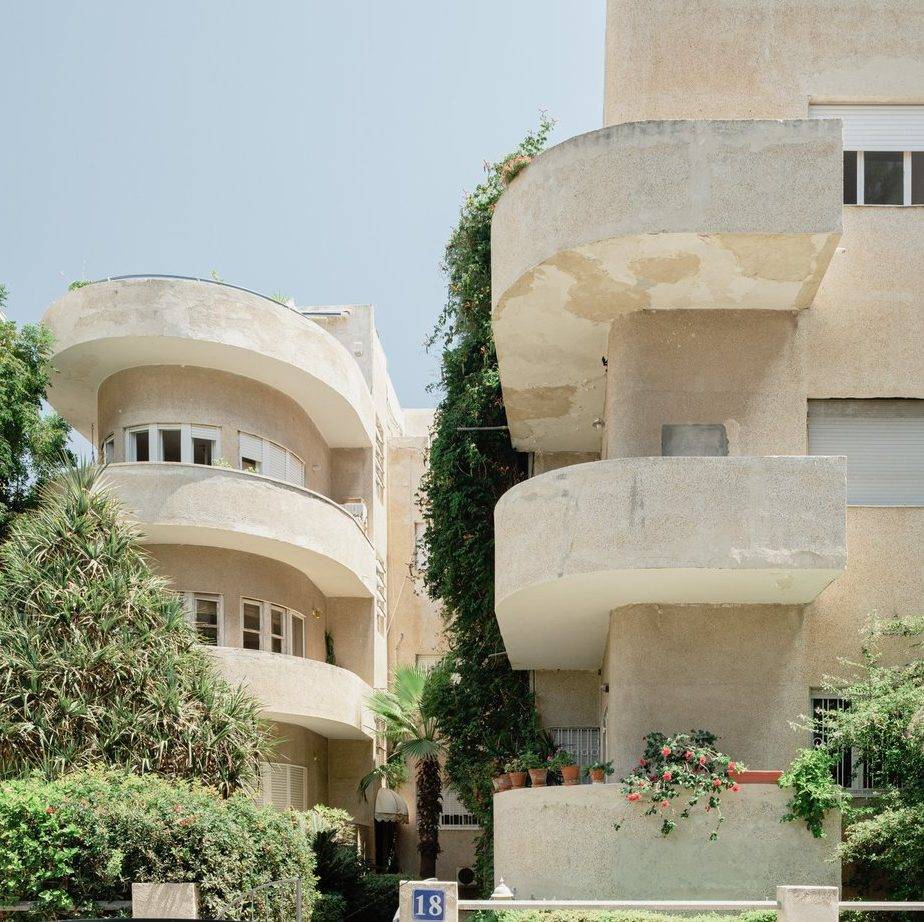
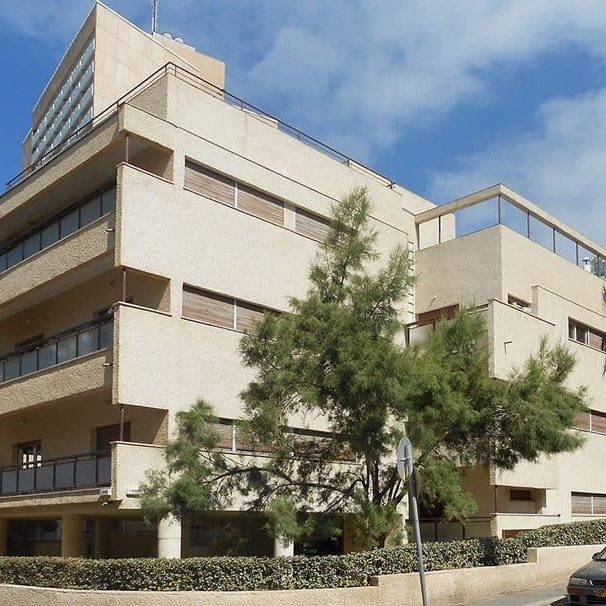
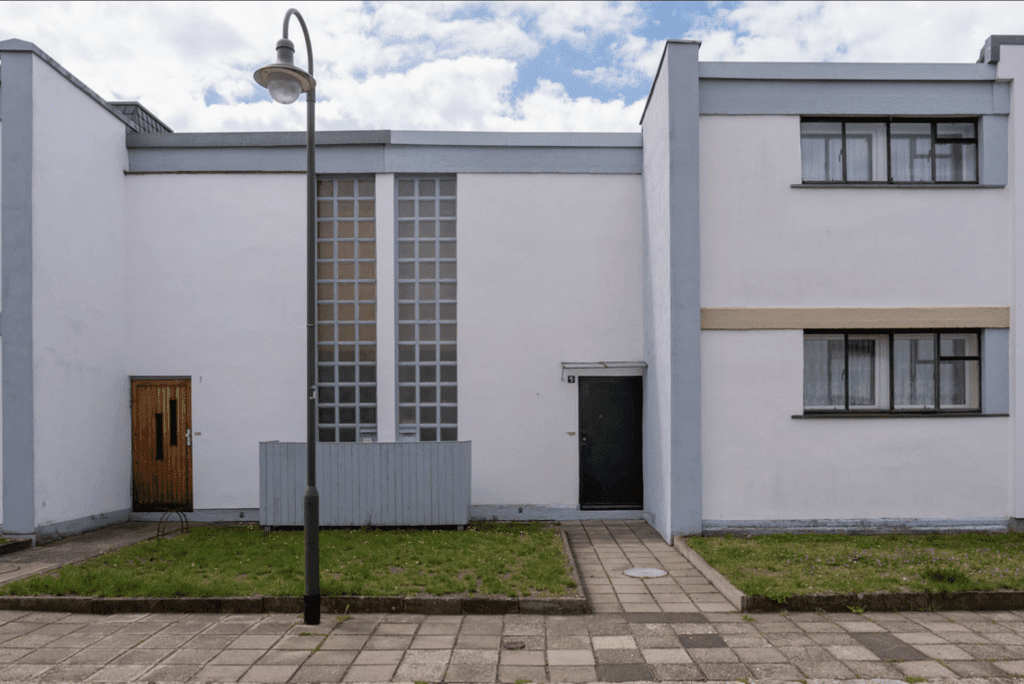
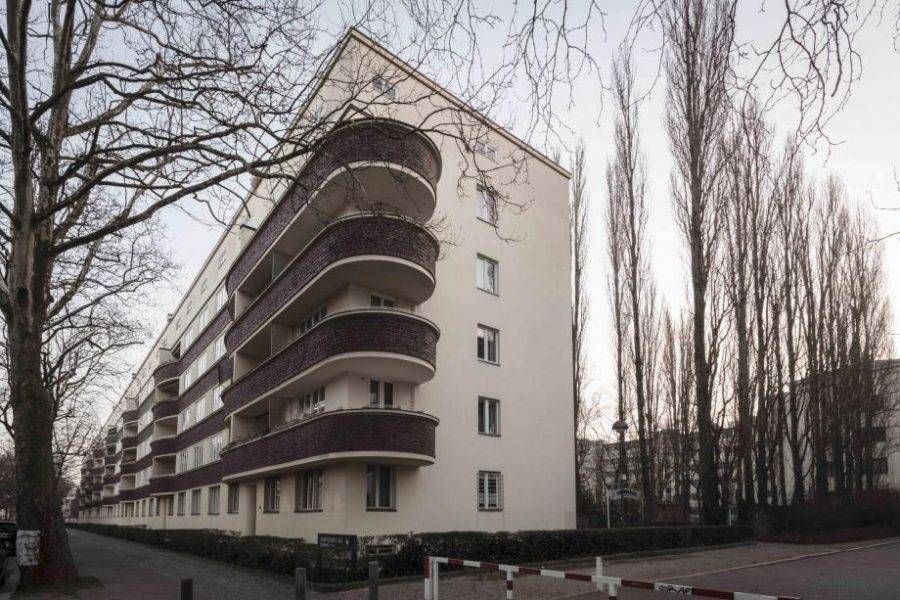
The stark contrast is apparent when opposing the Tel Aviv Bauhaus designs to their German counterparts.
The Tel Aviv Bauhaus controversy
Like everything in Israel, all is subject to controversy and the Tel Aviv Bauhaus legacy is not immune to it. In his book, White City, Black City: Architecture and War in Tel Aviv and Jaffa, the dissident Israeli architect Sharon Rotbard describes the narrative and the coined expression of the “white city” as a dangerous decoy; associating Tel Aviv to high-culture and the European avant-garde while denigrating the local Arab and Sefardi cultural heritage. The idea that scores of Dessau-trained Jewish architects fled Nazi Germany for Tel Aviv is also false, Rotbard says. Just six Bauhaus-trained architects were active in Palestine during the 1930s and he adds that just one – Arieh Sharon – left what could be accurately described as an “architectural legacy”. The Bauhaus movement however goes beyond the Dessau school and proved to be a truly international style from Rio de Janeiro to Stockholm.


